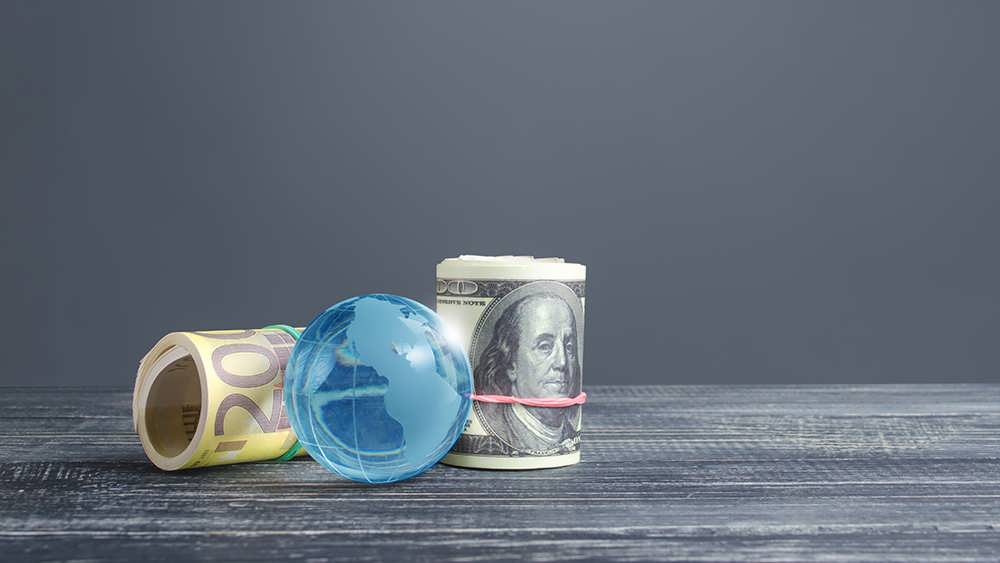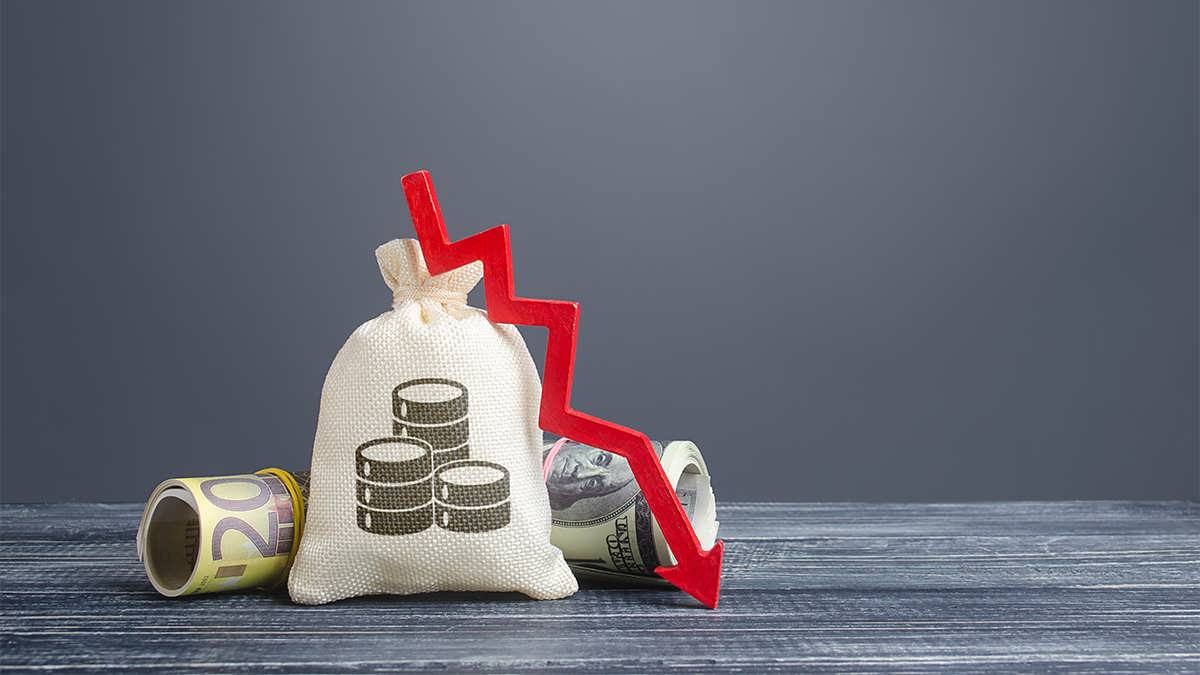Monetary policy, a macroeconomic policy, is determined by the central bank. Monetary policy involves controlling the money supply and interest rates, as well as a government’s demand-side economic policy to accomplish macroeconomic objectives, including inflation, consumption, growth, and liquidity. The power of central banks to undertake monetary policies stems from their monopolistic position as collateral for their loans, which in turn needs banks to create the money and credit they require either as legally reserves needed or as a balance to settle interbank claims.
What is the primary purpose of Monetary policy?
The primary objective of monetary policy is to achieve and maintain a low and stable inflation rate, as well as a long-term GDP (Gross Domestic Product) growth trend. This is the only way to produce long-term growth rates to generate jobs and enhance people’s quality of life. Otherwise, if the economy does not expand sustainably, a crisis would erupt sooner or later, resulting in deteriorating social indicators, diminishing public confidence, decreased investment, and increased unemployment. For example, we can name the following actions as monetary policy:
- Changing the required reserves for the money that banks should have and has not previously been stated through loans.
- Changing the discount rate offered to member banks.
- Buying or selling government securities through open market operations.

Monetary policy effects
Inflation targeting
Many central banks, or monetary policymakers, have used inflation targeting to curb the overall rise in prices in recent years. The central bank calculates and generalizes a predicted inflation rate or “target” and then uses tools like interest rate variations to move actual inflation toward that objective. Because interest rates and inflation rates have a negative correlation, which means they tend to move in different directions, the central bank’s options for raising or lowering interest rates under the inflation targeting strategy become more obvious. Inflation targeting proponents believe that this interest rate modification will lead to more excellent economic stability.
What are the types of monetary policy?
The central bank usually takes the help of a committee in formulating and implementing monetary policy by these two methods:
Contractionary policy
The central bank pursues a monetary policy of contraction. They reduce the money supply in the financial system to control economic circumstances such as inflation. The central bank sells short-term government securities, raises borrowing rates, or increases banks’ necessary reserves.
Expansionary policy
During periods of recession, the central bank adopts different expansionary measures, such as purchasing short-term government securities, lowering lending rates, and lowering the needed reserves of banks. The purpose is to boost the economy’s money supply in order to increase consumer spending and reduce unemployment.
Monetary policy is either expansionary or contractionary in general. An expansionary strategy aims to raise prices for firms and consumers by lowering borrowing costs. On the other hand, a contractionary approach reduces expenses by increasing the cost of borrowing.

Dollar and earth show monetary policy effects concepts
Impact of monetary policy on the economic growth
A monetary policy such as the expansionary strategy is one that reduces interest rates and encourages borrowing. A contractionary or restrictive monetary policy, on the other hand, boosts interest rates and lowers borrowing in the economy. When monetary policy is effectively executed, the potential of monetary policy to impact actual economic activity is limited and usually short-lived. The impacts of monetary policy on the real economy are primarily predicted by conventional models used in policy analysis. These models are frictions that limit a quick adjustment of the general average price level, such as the requirement for families and companies to alter their behavior in reaction to monetary policy changes. Frictions of this nature are usually temporary events that create transient aberrations in real activity, and their practical importance is the topic of ongoing research and debate. Maintaining price stability is one of the monetary policy’s contributions to long-term growth. A monetary policy decision that lowers interest rates, for example, decreases the cost of borrowing, resulting in more financial investment and the purchase of durable consumer goods.
Monetary policy tools
To form monetary policy, central banks like the Federal Reserve, sometimes known as the Fed, employ a range of methods. They can buy bonds from regular banks to provide money to the economy or sell bonds to banks to take money from the economy. In most cases, injecting money into the economy reduces interest rates, increases the amount of money available for trade development and consumer spending, and promotes economic growth. Central banks can also establish the interest rates at which they give short-term loans to banks and impact interest rates in general. Banks are frequently governed by laws that allow them to lend a more significant percentage of their total assets or take other activities that make them lend more money.

Financial planning concept gold money coins
How does monetary policy affect investors?
Interest rates and quantitative easing initiatives directly affect market prices and investors. Interest rates have an immediate impact on fixed-income assets, so if interest rates in the short-term are rising, investors are missing out. When central banks cut interest rates, however, any government bonds throughout the world become more appealing since prices rise as yields fall. This inversion can be tough to overcome, but the crucial point is that we anticipate bonds to perform poorly when interest rates increase, and we expect bonds to perform well when interest rates decrease. When the Interest rate rises above the anticipated percentage by business coaches, they usually become reluctant to advise their investors to cheap in the new available projects. However, central banks tend to boost the market by lowering the interest rate by lending investors the liquidity they need to invest in new projects.

Look at dollar with magnifier
What is the difference between monetary and fiscal policies?
The acts of central banks to accomplish macroeconomic policy goals such as price stability, full employment, and sustained economic growth are referred to as monetary policy. On the other hand, the government’s budgetary and fiscal policies are referred to as fiscal policy. For example in the united states, congress and the administration are in charge of fiscal policy and the Federal Reserve has no say in how fiscal policy is set. Monetary policy aims to regulate the economy by manipulating the money supply and interest rates, whereas fiscal policy uses targeted taxes and expenditures to achieve the same purpose.


